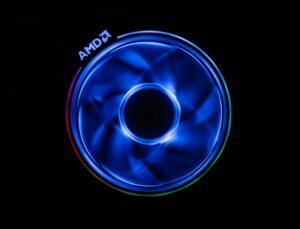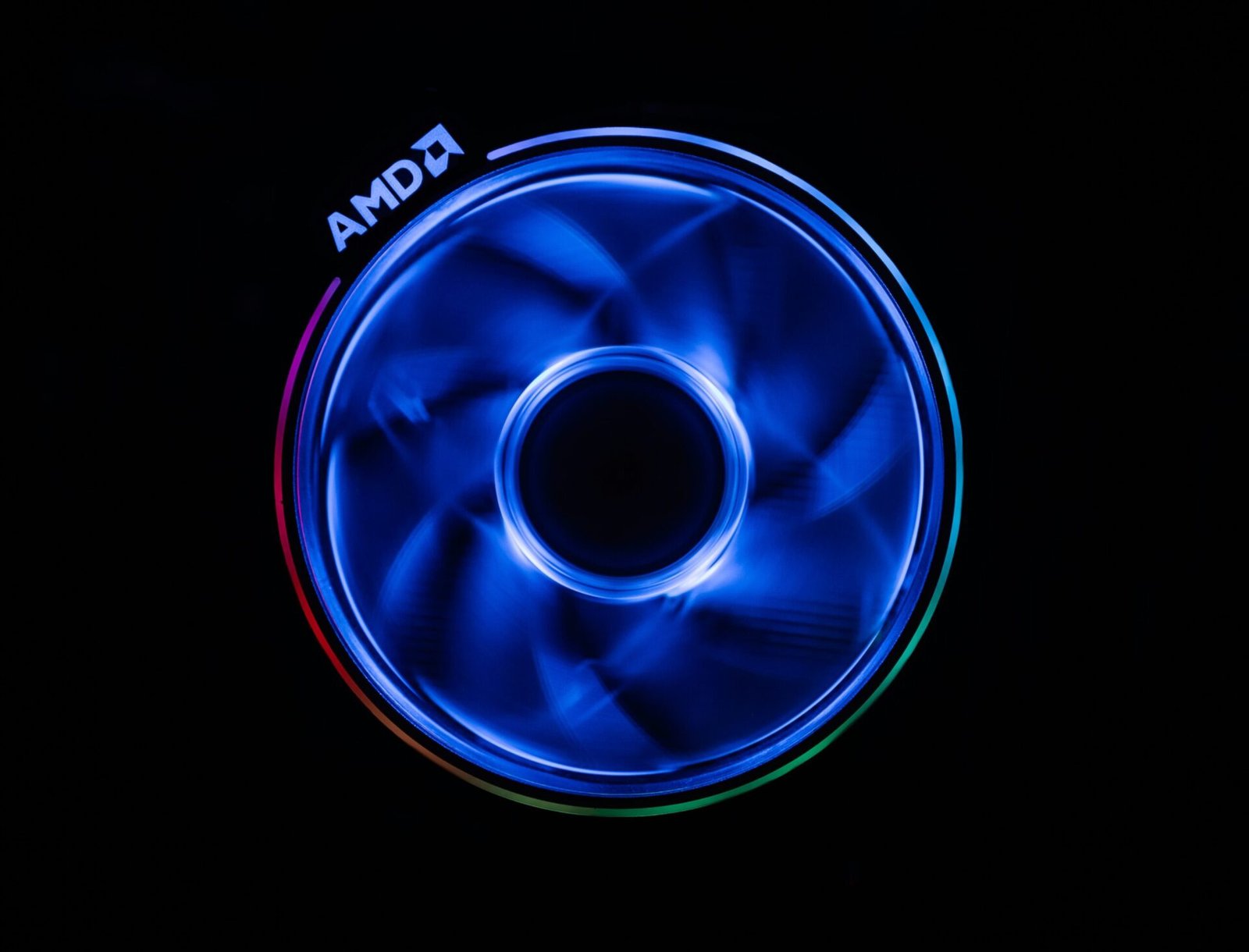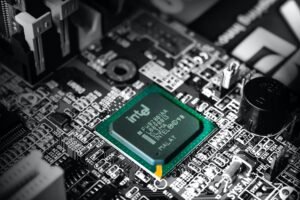Tech Giants Clash: Comparing AMD and Intel Processors
When we think of high-performance CPUs these days, it’s all about the processing cores. The 5.3 GHz processor is more than 5.0 GHz, but if you have decided to buy a 4.0 core, it will leave you behind.
AMD or Intel are two major types of computing industries that have been serving for the last few decades. Whose products we see around us. Either in office work system or personal computer at home, their Central processors help us in operations, we expect from them. However, there are huge differences among their functionalities and task-performing strategies.
Before renovating the processing system, everyone seeks the advice of professionals. These quires are mostly about the features, storage capacity, and performance, driving chips, and pricing packages. Before moving towards the pros and cons of both processing systems. Let’s have a look at the general features, models, and prices of both systems separately. That will help to analyze the difference in their operational capacities.
Extending series of innovative technology blogs, we are moving towards AMD or Intel!
Why AMD?

This innovation of the computing industry was named Advanced Microdevices (AMD) by 1970. That was the second leading manufacturer and supplier of computer chips and in turn, raised the Intel Corporation by supplying the micro processing chips for their IBM Computers.
From 1990 till the present day, It is serving in terms of cost-effective processors for your desktop. Either for home or workplace, its Ryzen series have the best expertise of technology, embedded to provide flexible operational flow.
The AMD Ryzen series is the number one selling processor nowadays. Facilitating almost all business organizations with their multiple core processors, enhanced their performance. From general graphics designing to compiling code tasks, the Ryzen Pro series are elevating the work experience with its powerful processing technology.
The pricing of processors has become more important for all of us, as we want to replace the desktop with more efficient computing gadgets. This computing processors are more demanding among the technology lover due to their high-performance spectrum at reasonable pricing ranges. It offers cost-effective and low-budget processors with high compatibility as compared to Intel. So, it supports the small business companies, with low budgets to buy high-quality processors for daily operations.
What features make Intel best?
Intel was the dream of Ted Hoff and Federico Faggin who took the initiative by launching a 4-bit single-core microprocessor in the 1970s. But the major issue, company faced, was the investment. For the initial cost, they had to rely on multiple technology designing companies. Due to which their market interaction and consumer interaction were zero.
But the launch of Pentium microprocessors revived the position of Intel as a company in the market. The first computing chips of Intel expanded the quality of processing through Pentium machines. In 1995, it took the rivalry position in the market as the manufacturers started embedding their chips in the IBM series.
By insertion of chips in computers, it becomes a necessary part of motherboards, enhancing the performance spectrum of computing technology.
In terms of power consumption, their core processors work more efficiently even at low voltages of 5 watts. To support the long-term task completion and workflow at an organization, Intel processors generate less heat as compared to other ones. With the 8th generation of core processors, Intel made simple content creation to software designing, as easy operations. Even the desktops or personal computers utilized the Intel core processing chips for best performance.
Pros & Cons of AMD
After a brief discussion about the historical background and features of this system, here we provide the pinpoint about the pros and cons.
Pros
- The pricing budget directly interacts with the purchase of Processors. In the case of powerful and more efficient processors, we consider the budget more. It brings up low-budget core processors that can support the structure of an organization in terms of high-speed processing.
- These processors support a wide range of tasks, from gaming to coding. The brilliant graphics of processors elevate the video quality and gaming experiences.
- Their Ryzen series processors have become the hot gadget of the market, due to their high compatibility, and of course multiple core processing.
Cons
- In terms of battery lifetime, it fails to deliver the processors able to work at a low supply of electricity. Due to high voltage electricity consumption, the system heats up in a very short period.
- Low graphics of video making lower down the graph of popularity among the You Tubers and influencers. So, 3D gaming shoots and HD graphics are not compatible with these processors.
Pros & Cons of Intel
Intel is one of the leading organizations to provide high-quality processors with multiple cores across the world. Here we throw light on the Pros and Cons of these processors.
Pros
- With high compatibility and powerful processing cores, it maintains the workflow at high-tech institutes. Their processors support long-term operations and activities at the workplace.
- It provides the processing facilities, even at very low electricity powers, works continuously with less heat production by chips.
- To enjoy high-quality display and graphics, these processors are the best option. The HD graphics display makes it popular among graphic designers and game lovers.
Cons
- The pricing ranges of their processors keep it away from the access of regular users. Less the budget, less efficient Intel processor you can buy.
- Fewer manufacturer companies are designing processors. This fact lessens the availability of Intel processing chips for ordinary marketers.
Summing up
Whether you are an AMD processor user or Intel, try to keep the pricing, power, and performance of this processor in view. So, these facts will assist you while purchasing more efficient processors at reasonable pricing budgets. Thanks!
For more informative blogs, visit: https://softtechgenics.com/







